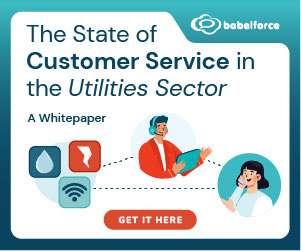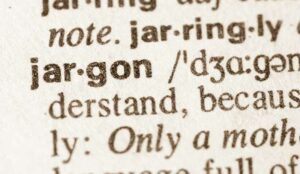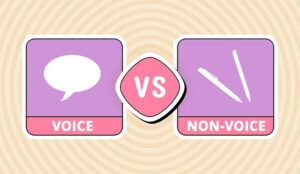Contact centres are embracing partial automation to streamline processes, save time, and improve customer experiences.
To find out what partial automation involves and what it means for your contact centre, we asked Pierce Buckley, CEO & Co-Founder at babelforce, for his insights
Video: What Does Contact Centre Partial Automation Really Mean?
Watch the video below to hear Pearce explain partial automation and what it really means for your contact centre:
Thanks to Pierce Buckley, CEO & Co-Founder, babelforce, for contributing to this video.
Defining Partial Automation
Partial automation is not a half-done job. It is the most common form of automation in contact centres, where humans and technology work together, as Pearce explains:
“What does partial automation mean? Does it mean that somebody didn’t complete their job?
No, not at all. Partial automation is arguably the main form of automation that is taking place, the most common form, in the contact centre and call centre.
The reason is that if somebody contacts the customer service centre, then they usually need help from a person.
There are some routine tasks that agents do that could be fully automated, but in many cases, the business needs a human agent to do the job, because it’s difficult, or the customer needs a human agent to help them.
So in those cases it’s unlikely, or it could be very difficult, to achieve full automation, at least initially.”
While some tasks can be fully automated, many require human intervention because they are complex or customer-specific.
In these cases, full automation may not be practical or possible right away. Partial automation helps by automating certain repetitive or straightforward steps, leaving the more complex tasks to human agents.
Examples of Partial Automation
Consider a traditional customer call, where a call typically comes in and goes through a small IVR that asks the customer to perform a few actions (press one for this, and two for that etc.):
“Now to make it really concrete, let me give you some examples of partial automations. So typically when a call comes in, it goes through a small IVR, press one for this, and two for that etc., and maybe it does a few other functions.
And then the call gets into a queue, and then it lands with an agent. Such a call is not enriched with data, the agent doesn’t have any additional information, so the agent has to do all the heavy lifting.
They have to do all the work, they have to ask for the account number, and any other identifiers, they have to ask the security questions, and they have to figure out what it is that the customer wants. And then after doing all that, they still have to actually solve the problem.
Imagine if you could take away all the initial stuff from the agent, and how would you do that?
For example, instead of the old-fashioned IVR, you’ve got an AI-enabled service that understands natural language, and it can ask the customer what they’d like to do. And then it can ask them the security questions, and ask for the account identifier.
Then all that first stuff is gone, which is a lot of stuff, often 45 seconds to as far as two minutes of agent time. And if you take that away across hundreds of thousands or millions of calls, that’s a huge amount of effort gone. It’s a partial automation, the agent is still involved, so it’s not a full automation.“
Partial automation like this reduces the workload for agents and shortens call durations. Applied at scale, it can lead to significant efficiencies while maintaining a human touch for complex customer needs.
The Key Advantage
In many cases, partially automating 80% of tasks is easier than fully automating 20%. This balanced approach enhances operations without over-reliance on technology.
“There are many partial automations you can do, so I think the way to think about it sometimes is that it could be easier in your call centre or contact centre to partially automate 80% of queries than it is to fully automate 20%.”
Partial automation is not about replacing humans but enabling them to focus on what they do best: solving problems and delivering great service.
If you are looking for more great insights from the experts, check out these next:
- Four Ways to Reduce Agent Burnout and Attrition
- What’s Really Stopping Your Talent From Blooming?
- An Easy Step-by-Step Guide to Creating a Schedule
- How to Choose Which Calls to Evaluate
Author: Robyn Coppell
Reviewed by: Robyn Coppell
Published On: 21st May 2024 - Last modified: 25th Sep 2025
Read more about - Video, Automation, babelforce, Pierce Buckley, Top Story, Videos





































